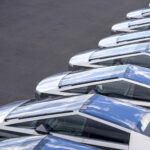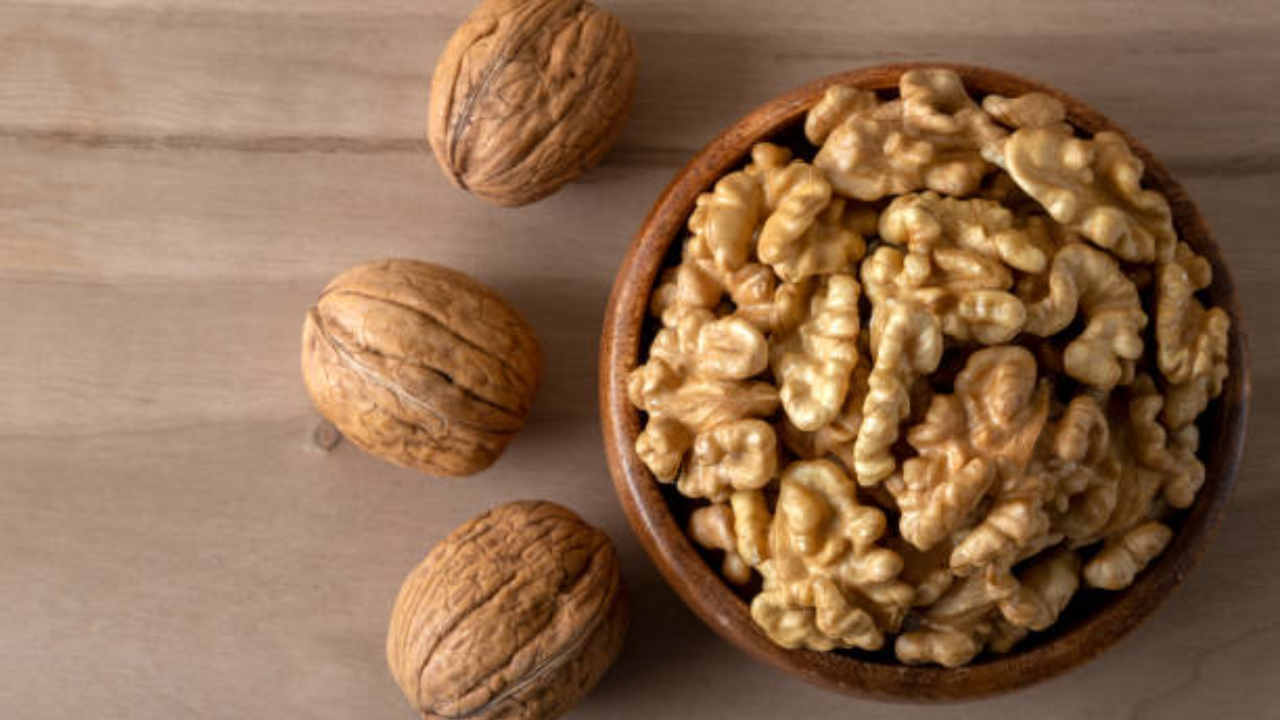Experts have identified several areas where the war in Ukraine may impact food safety in Switzerland. A food safety early detection system called FRESIL, introduced by the Federal Food Safety and Veterinary Office (FSVO), aims to identify and assess potential foodborne risks to consumer health. These include risks associated with… Continue Reading Science & Research, World, Federal Food Safety and Veterinary Office, Food Risk Assess Europe, mycotoxins, pesticides, Russia, Switzerland, Ukraine Food Safety News
Experts have identified several areas where the war in Ukraine may impact food safety in Switzerland.
A food safety early detection system called FRESIL, introduced by the Federal Food Safety and Veterinary Office (FSVO), aims to identify and assess potential foodborne risks to consumer health. These include risks associated with geopolitical events, such as military conflicts.
A workshop was held in 2023 to establish whether Russia’s invasion of Ukraine might have an impact on food safety in Switzerland in the medium and long term.
From February 2022 to July 2023, Switzerland imported, in descending order of volume, cereals, vegetable oils, soya beans, oil cakes for animal feed, fruits, and fruit preparations. Ukraine also supplies Switzerland indirectly as a trading partner of the European Union.
Resources problem
Experts assessed 59 potential risks regarding the likelihood of occurrence and significance for food safety in Switzerland. They were ranked on a 5-point scale, with 0 being “no assessment possible” and four being “extremely likely”. One risk was categorized as “very relevant”, 27 as “relevant” and 31 as “not very relevant,” according to the study published in the journal Food Risk Assess Europe.
The risk classed as “very relevant” was the lack of expertise in primary production and processing because of a lack of specialized personnel. Inadequate self-checks in producing companies exacerbated this, said meeting attendees.
A relevant risk was the state inspection authorities’ shortage of qualified personnel, hurting export checks. A lack of food traceability was another issue linked to the staff shortage.
Food monitoring in Ukraine has been reorganized to ensure that requirements for accession to the European Union are met. However, even before the war, there was a shortage of specialized personnel.
EU Commission audits on food safety in the country, conducted before the war, revealed shortcomings. Specialists said it can be assumed that the conflict has exacerbated such issues.
Dissemination of false information on food safety was classified as a relevant risk, and fraud-related concerns were raised.
A range of potential hazards
Almost a quarter of 130 rejections of foodstuffs from Ukraine from August 2022 to July 2023 involved moldy animal feed, followed by pesticide residues, mostly chlorpyrifos, in various products, and Salmonella in poultry meat.
Contamination of goods with mold and mycotoxins is another issue that can be attributed to suboptimal storage and transport and the lack of fungicides. The experts believe bacterial, parasite and viral contamination is possible in primary plant production.
Relevant risks caused by damaged infrastructure include chemical and microbiological contamination of the drinking water and utility water system, interruptions to the cold chain, and improper storage.
Problems with corruption also occur in the food chain. According to Transparency International, the Corruption Perceptions Index for Ukraine has improved in the past decade but stood at 33 points out of 100 in 2022. Documents and certificates should be checked with caution, said experts.
Products from the Donbas region were judged as likely to be among the most at-risk foods. These are mainly wheat, barley, soybeans, and rapeseed items. Destruction of the Kakhovka dam is likely to pollute agricultural sites for years, and initial studies have shown that arable land is contaminated with heavy metals.
Scientists also raised concerns about pesticide residues and how crops may absorb chemical contaminants.
They recommended that products from Ukraine be assessed for their potential risk and that high-risk items should be subjected to stricter controls. Results for Ukrainian products should be systematically collected and periodically analyzed, and control measures should be adapted accordingly.
(To sign up for a free subscription to Food Safety News, click here.)








